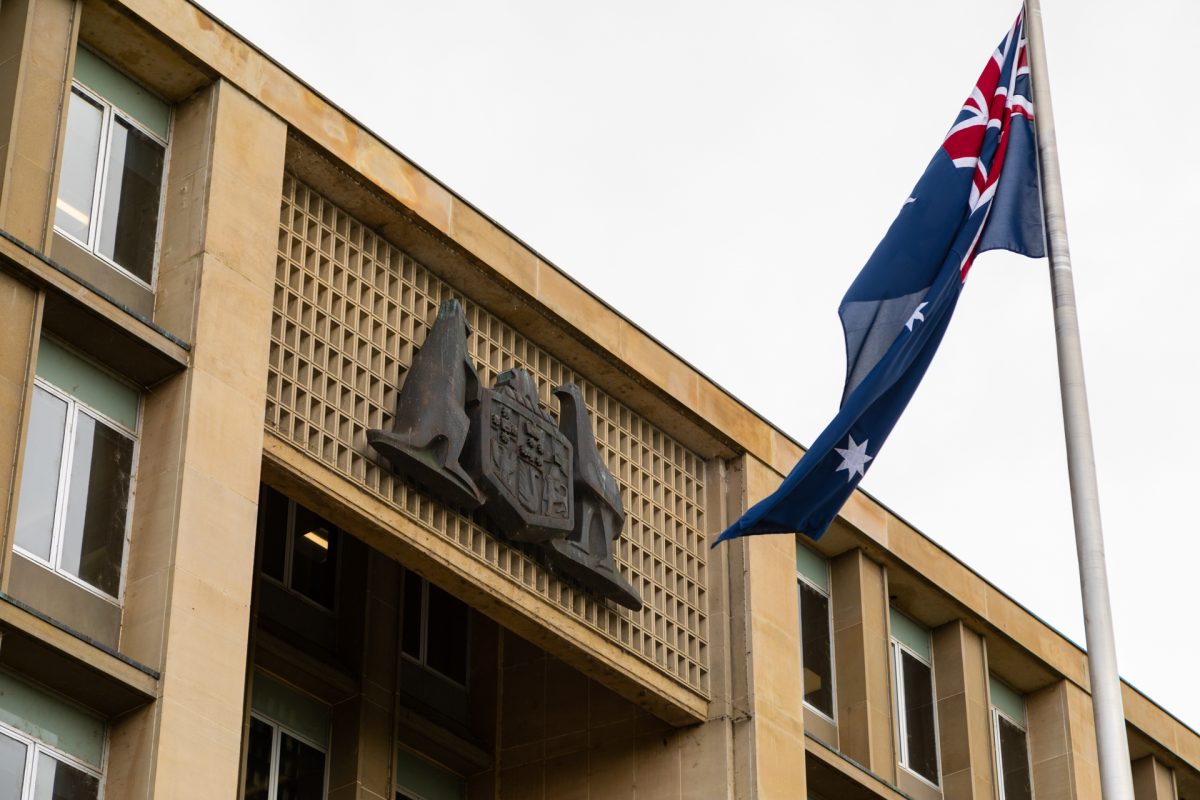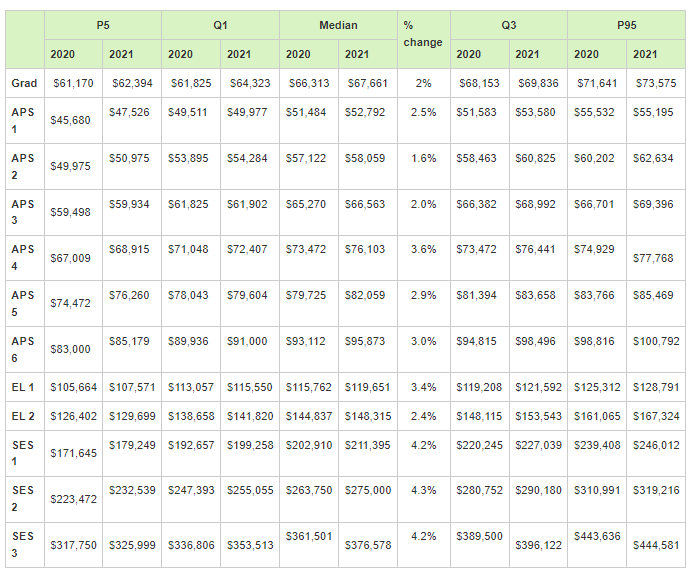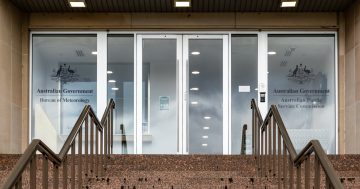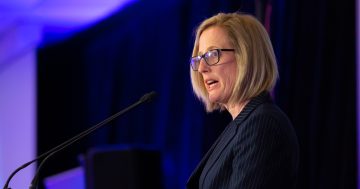
A new report has listed changes in Australian Public Service salaries. Photo: Michelle Kroll.
Most Commonwealth public servants may have received two pay rises in 2021, but surging inflation this year has wiped out a weighted median 3 per cent base salary gain across the APS.
The latest figures from the Australian Public Service Commission show that SES staff enjoyed a slightly higher weighted median increase in 2021 of 4.2 per cent.
According to the APS Remuneration Report 2021, total reward, which includes bonuses but not allowances, rose 2.7 per cent for non-SES employees and 2.1 per cent for SES staff.
But inflation this year has hit 6 per cent and is expected to reach a peak of nearly 8 per cent by the December quarter, putting more pressure on public sector wages.
It was the Morrison Government’s decision in 2020 to defer non-SES pay increases for six months due to the pandemic that meant most staff received two rises last year, and up to 61 per cent of non-SES staff receiving total wage increases of between 3.7 per cent and 4 per cent in 2021.
The main public servants union had said the public sector pay system was broken under the Morrison Government and welcomed the new government’s commitment to negotiate in good faith.
In June 2021, due to government curbs on pay, public sector wages had grown at the lowest annual rate since the Australian Bureau of Statistics began measuring the data in 1997.
The report lists the median APS6 salary at $95,783, EL1 at $119,651 and EL2 at $148,315. The SES 1, 2, and 3 medians are $227,039, $275,000 and $376,578.
The highest median increase was 4.3 per cent for the SES 2 classification, followed by 4.2 per cent for both SES 1 and SES 3.
The highest non-SES median increase was 3.6 per cent at the APS 4 classification. In comparison, the lowest was 1.6 per cent at APS 2, which the report said could be explained by a high proportion of newly engaged or promoted employees commencing in the classification at the bottom of a salary scale.

APS base salaries by classification 2020 and 2021. Image: APSC.
The pay gender gap continued to shrink, decreasing from 6.6 per cent in 2020 to 6 per cent in 2021, due to a continuing rise in female representation at most senior classifications.
Between 2017 and 2021, pay for all classification levels increased, but the report said the pace of change continued to vary, ranging from 3.3 per cent at APS 2 to 12.1 per cent at SES 2.
The report said that over this period, movement in base salary for SES classifications has remained higher than for non-SES, reflecting the repackaging of allowances into SES Base Salaries over time.
It said that the total remuneration package (base salary plus benefits such as superannuation and parking) and total reward were more reliable long-term comparisons.
The highest median total reward increase for 2021 was 4 per cent in both the APS 1 and APS 4 classifications, while the SES 1, SES 2 and SES 3 medians increased by 2.2 per cent, 2 per cent and 1.6 per cent, respectively.
The lowest increase was 1 per cent at APS 2.
The median total remuneration package increased across all classifications, with the highest of 4 per cent for the APS 4 classification and the lowest was 1 per cent at the APS 2 classification.
SES total remuneration package increases were consistently lower than SES Base Salary increases, with median total remuneration package for the SES 1 classification increasing by 2.2 per cent and 1.9 per cent for both the SES 2 and SES 3 classifications.
The government’s lifting in June 2021 of the suspension of SES remuneration increases allowed agencies to resume annual wage increases of 1.7 per cent or 1.9 per cent and performance-based salary progression for SES employees.
Changes to reporting dramatically reduced the number of non-SES performance bonuses reported, with 1,100 employees, or 0.8% of employees, paid a performance bonus.
The number of SES performance bonuses reported hardly changed at 115, or 4 per cent of SES employees, compared to 4.2 per cent in 2020.
The report said that more than 100,000 employees, or 71 per cent, had their salary set in a determination made under the Public Service Act 1999 while continuing to receive other terms and conditions through an enterprise agreement or other employment instrument that had passed its nominal expiry date.
Sixty-five agencies provided pay increases through a determination rather than bargaining new enterprise agreements.
The report said a continued trend to repackage motor vehicle-related allowances into SES Base Salaries in some agencies resulted in the proportion of SES employees paid that allowance falling by more than 10 per cent.



















